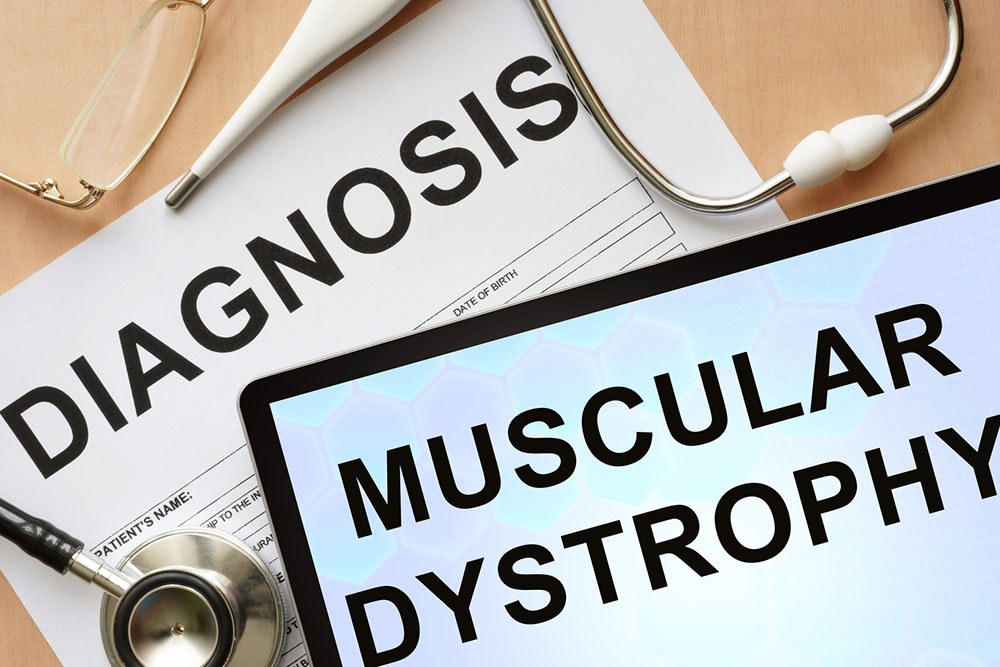
Diagnosis of muscular dystrophy
The first step in diagnosing muscular dystrophy is a physical examination. Doctors check the different parts of the body to identify any visible signs of muscular dystrophy. They might even ask certain questions, such as whether the person has any trouble walking, how long have they been noticing the symptoms, does the family have a history of muscular dystrophy. The doctor may ask several questions about daily activities as well.
In order to confirm the diagnosis, the doctors may prescribe several tests. They are:
Blood tests
Blood tests help reveal the levels of enzymes that the muscles release when they are injured, damaged or weakened.
Imaging tests
Imaging tests help doctors see the extent to which the disorder has affected the muscles. An MRI scan, which uses radio waves to create pictures of the body, or an ultrasound, which uses sound waves to gather pictures, may be prescribed.
Muscle biopsy
The doctor will extract a small portion of the muscle tissue with the help of a needle. This tissue sample will then be examined under a microscope to diagnose the missing proteins. This test also helps doctors determine the types of muscular dystrophy.
Electromyography or EMG
This test involves the use of needles called electrodes to measure the electrical activity of the muscles. The needles are put on different parts of the body and the patient is asked to flex his or her muscles. These needles are attached to a machine through wires and it reads the signals.
Electrocardiogram or EKG
This test enables doctors to read the speed at which the heart is beating and if it has a healthy rhythm.
Tests for muscle strength and coordination
These tests are primarily performed to rule out health conditions related to the central nervous system.
Genetic testing
Since muscular dystrophy is also linked to gene mutations, genetic screening can be performed to identify it.
Enzyme assay
Muscles that are damaged tend to produce an enzyme called creatine kinase (CK). An increase in the levels of this enzyme can indicate the presence of muscular dystrophy.
Complications of muscle weakness:
Muscular dystrophy is progressive and causes several complications, such as:
- Heart problems
Muscular dystrophy can weaken the heart muscles and hamper its functioning. - Curved spine
The weakening of the surrounding muscles will lose their ability to hold the spine straight. - Breathing problems
The weakening of muscles can cause several breathing problems and people may need to use ventilators or other breathing assistance devices. - Difficulty swallowing
People are at risk of developing aspiration pneumonia and nutritional problems if the muscles that help with swallowing become weak. They might have to resort to feeding tubes as the condition progresses. - Trouble walking
People with muscular dystrophy may be confined to the use of wheelchairs due to extreme muscle weakness. - Contractures
Muscular dystrophy causes a shortening of muscles or tendons around the joints which limits one’s mobility.


